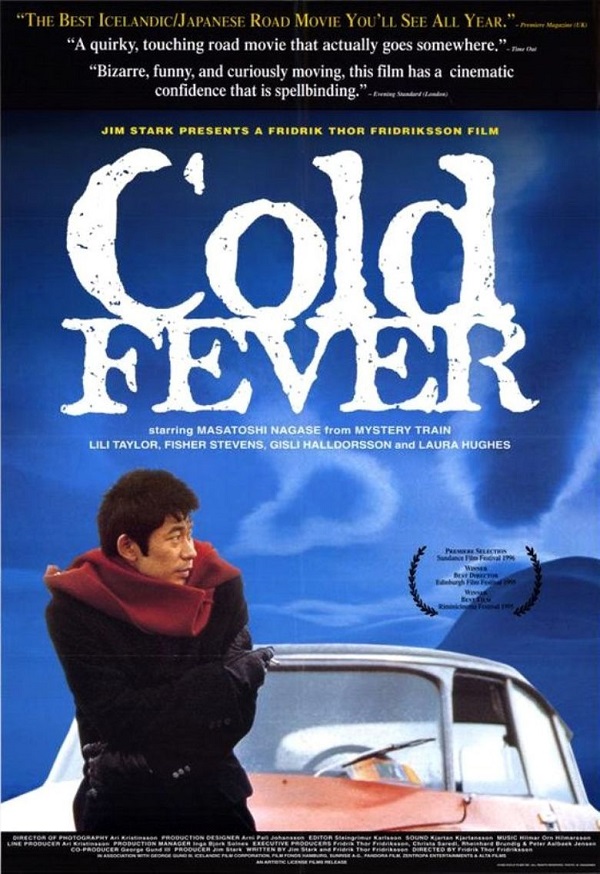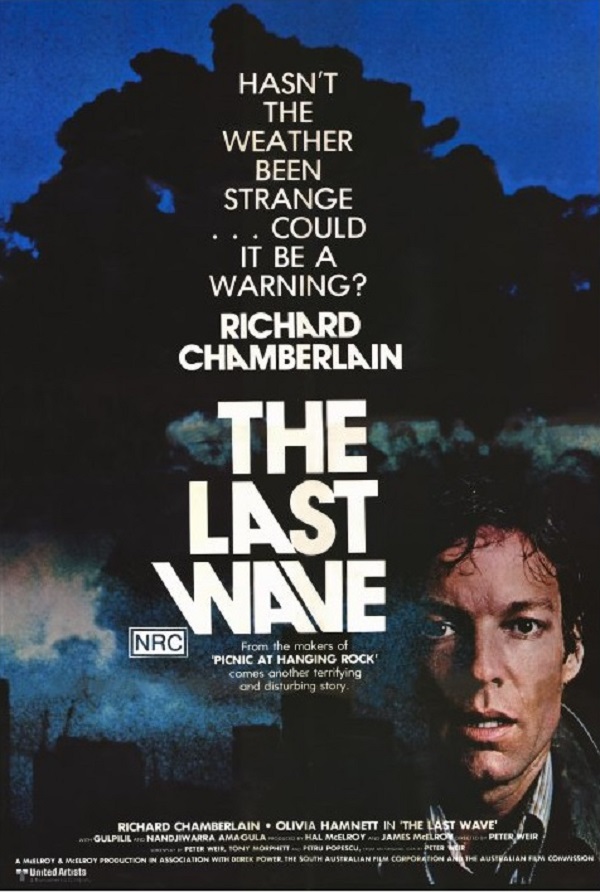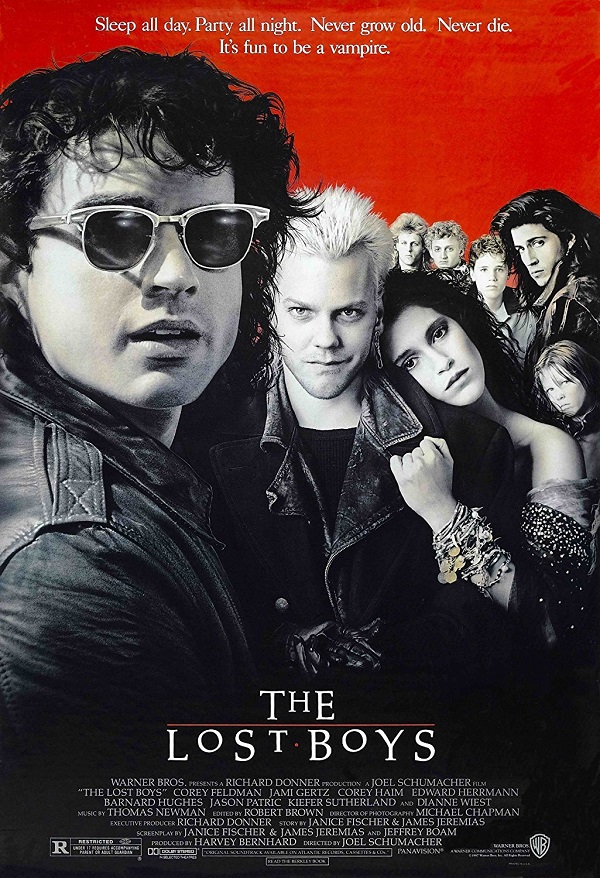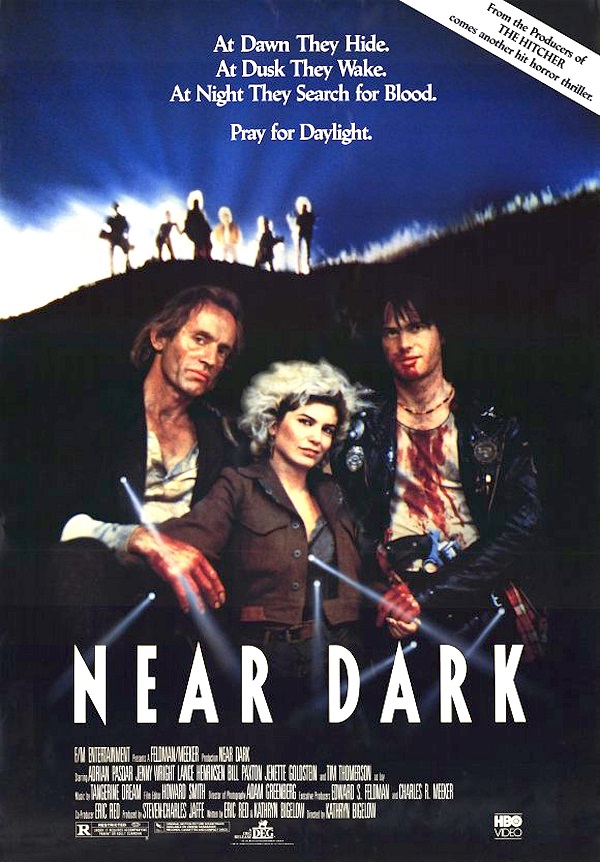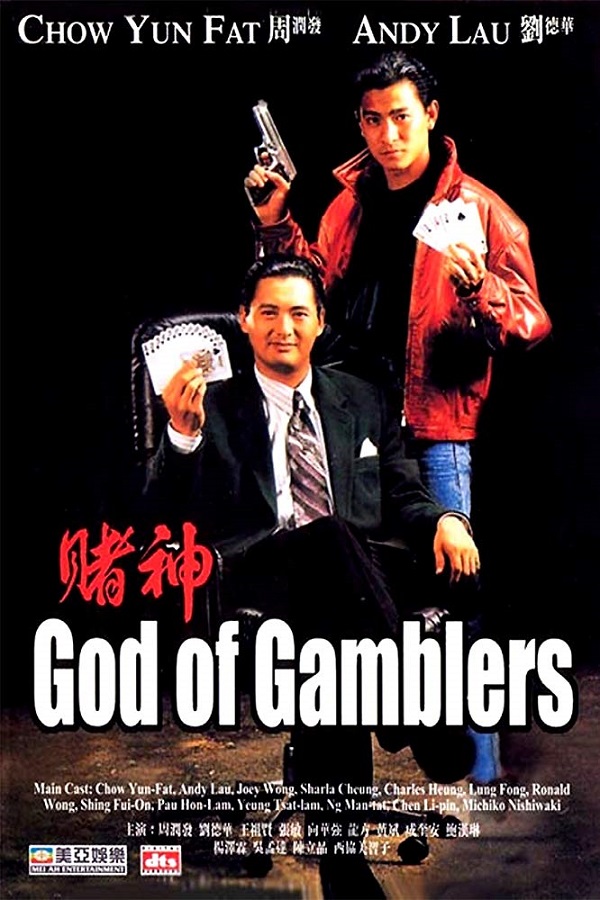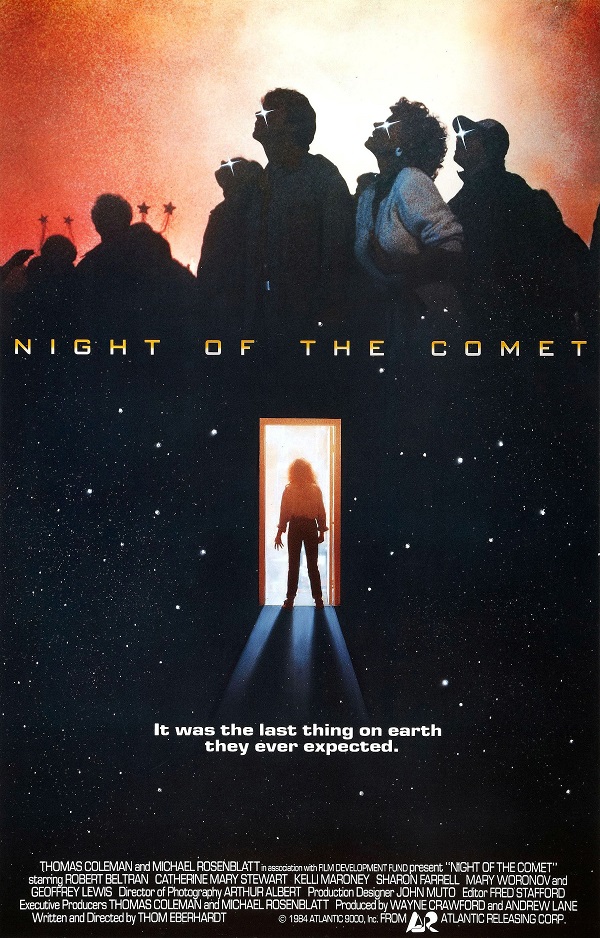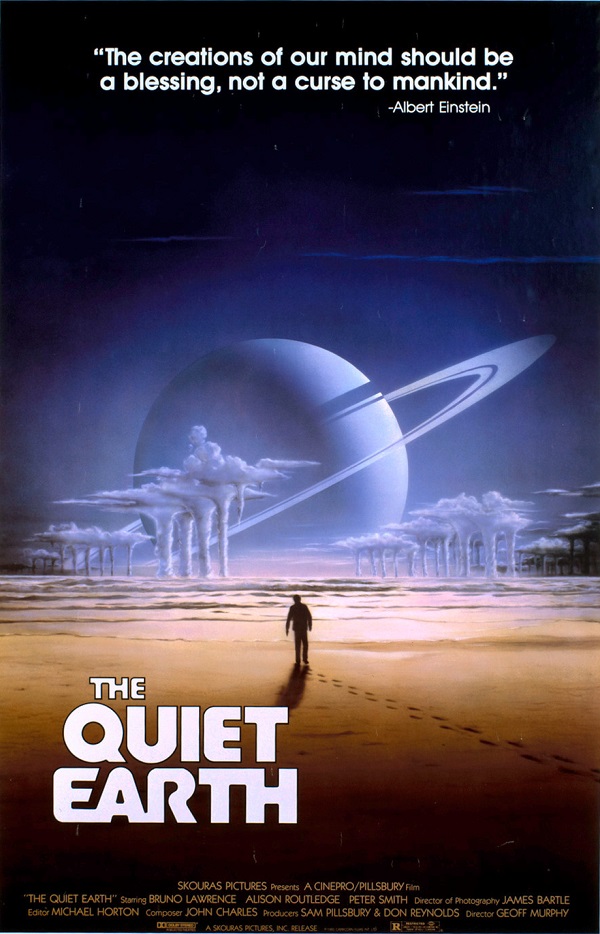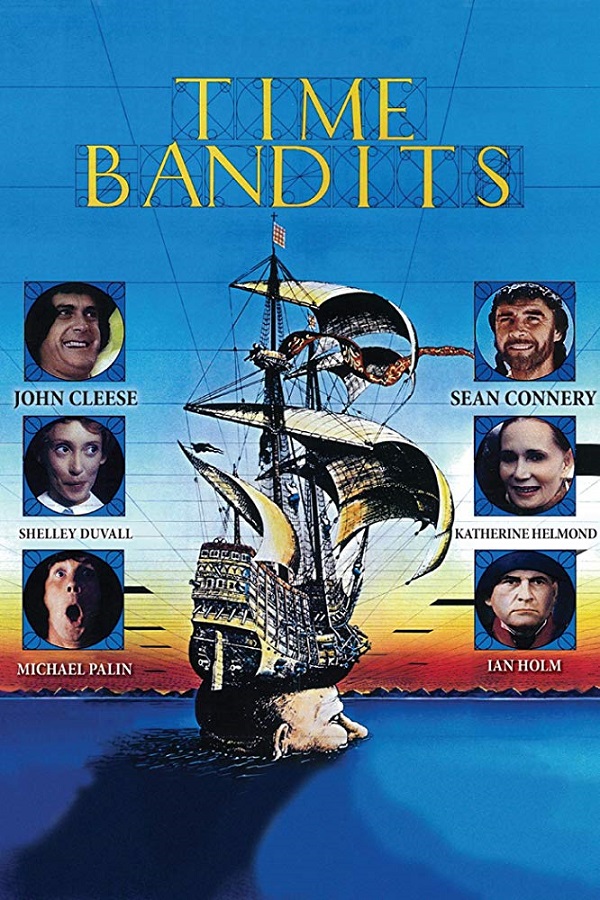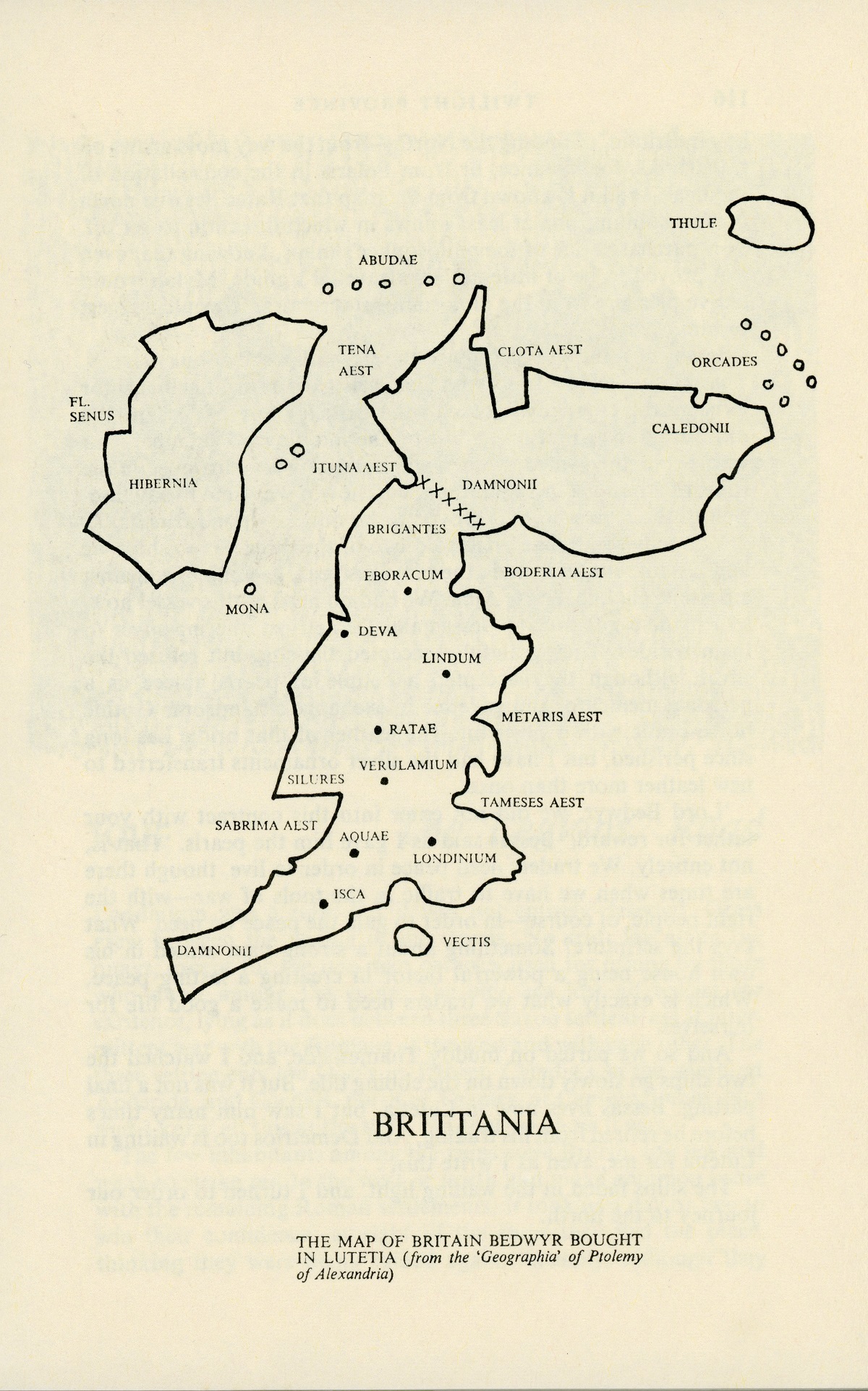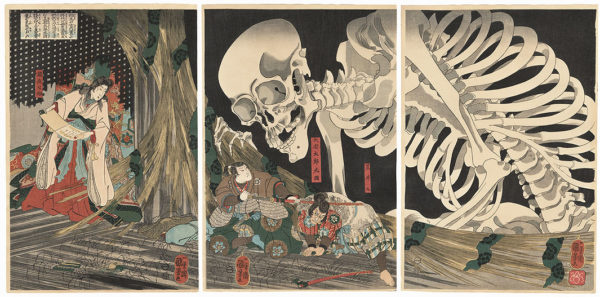Seattle is a film city with a tradition of arthouse venues and the Seattle International Film Festival (SIFF). It was at the Harvard Exit on Capitol Hill that I saw my first double feature (at least, as far as I can remember). The two films were Walkabout and The Last Wave, two Australian films that both featured actor David Gulpilil. As kids (circa 1979-1980), my brother and I found Walkabout bewildering and bleak, so much so that, despite the lateness of the hour, we convinced our parents to let us stay up late to see The Last Wave. I think my fondness for Australian films, the weirder the better, comes from seeing that second movie. I’ve since watched Picnic at Hanging Rock, Incident at Raven’s Gate (released in the States as Encounter at Raven’s Gate), The Adventures of Priscilla, Queen of the Desert, and all of the Mad Max Films, among many others.
From my experience, that remains my quintessential double feature. I think there’s an art to the double feature that goes beyond the basic idea of watching two films of the same genre or from the same director. Those sorts of double features can be served up by a machine algorithm and aren’t that exciting. The films in a double feature should have certain things in common, be it genre or atmosphere, often making picks by the same director easy (I’d feel comfortable pairing any two earlier Wong Kar-Wai films together, in part because his films achieve their striking visuals from his collaborations with Christopher Doyle, but less so with the works of the Coen Brothers). Most of the films I would put together are at that middling state where they complement each other while providing just enough contrast to surprise. I’m not enough of a film enthusiast to come up with combinations that I feel are truly sublime combinations, being more the kind of dullard who would pair The Draughtsman’s Contract with Barry Lyndon, or maybe one of those with Brotherhood of the Wolf, and all because of the period costumes (the latter two for some sort of 18th century cohesiveness works better with that reasoning). For that reason, these are my “Dad Double Features”, not overly adventurous, fun for the family, with something that stands out for me.
In creating this list, I discovered that the cinematography for Rabbit-Proof Fence was by none other than Christopher Doyle with a soundtrack by Peter Gabriel, who composed the brilliant music for The Last Temptation of Christ. I’ve been remiss in not watching it sooner. In the meantime, let’s start with these five pairings of some of my favorite movies.
Cold Fever (IMDB | Wikipedia) / The Last Wave (IMDB | Wikipedia)
Why these two: These films both present cultures from the point of view of outsiders using visuals that juxtapose the real world with nearly fantastic elements. In the former, an encounter with a pair of Americans is counterpointed by the otherworldly girl who restarts his car, while the latter plays the courtroom elements with against mysterious owls and visions of the city drowning.
The Lost Boys (IMDB | Wikipedia) / Near Dark (IMDB | Wikipedia)
Why these two: Two vampire movies, one humorous and one, well, dark. They both seem to have every trope you can think of, with The Lost Boys representing pretty much peak “brat pack” in a teen movie with campy adventure, while the other is Bill Paxton at his best in a road movie that hits all the right vampire movie notes. It’s worth noting that Near Dark is extremely different from Katheryn Bigelow’s subsequent films (Blue Steel and Point Break would pair terribly with Near Dark)
Time and Tide (IMDB | Wikipedia) / God of Gamblers (IMDB | Wikipedia)
Why these two: The charisma of the stars, particularly Wu Bai and Chow Yun Fat, paired with their younger counterparts, both directed by Hong Kong directors at the top of their game in action-packed adventures. I love Hong Kong action and the fight scene during a hurricane in Time and Tide is only one of many stand out elements. God of Gamblers also has great action scenes, but as a New Year film, it mixes in equal parts comedy and romance also.
Night of the Comet (IMDB | Wikipedia) / The Quiet Earth (IMDB | Wikipedia)
Why these two: Both of these movies imagine a world where everyone seems to have mysteriously disappeared. Investigating what happened is the basis of the plot in each case, with very different stories. Night of the Comet was an influence on the Buffy the Vampire TV series and the opening on the vacant streets of LA are eerily reminiscent of the deserted London in 28 Days Later. The Quiet Earth has similar visuals and plays with the themes of vacancy and loneliness, but is far more elegiac than horror-filled.
Brazil (IMDB | Wikipedia) / Time Bandits (IMDB | Wikipedia)
Why these two: Tonally very different, these films are both wonderfully weird. Brazil is a dystopian future with fantastic elements, while Time Bandits is a dysfunctional universe that, apart from the dimension-traveling is conversely more grounded than Brazil. Both feature quirky characters with the map-wielding dwarves (the titular bandits of the movie) knowing way too much about the world underlying the one we perceive, while being far more inept than the Brazil’s repairman, Harry Tuttle. Both movies display director Terry Gilliam’s brilliance who, when he succeeds, he’s magnificent.
